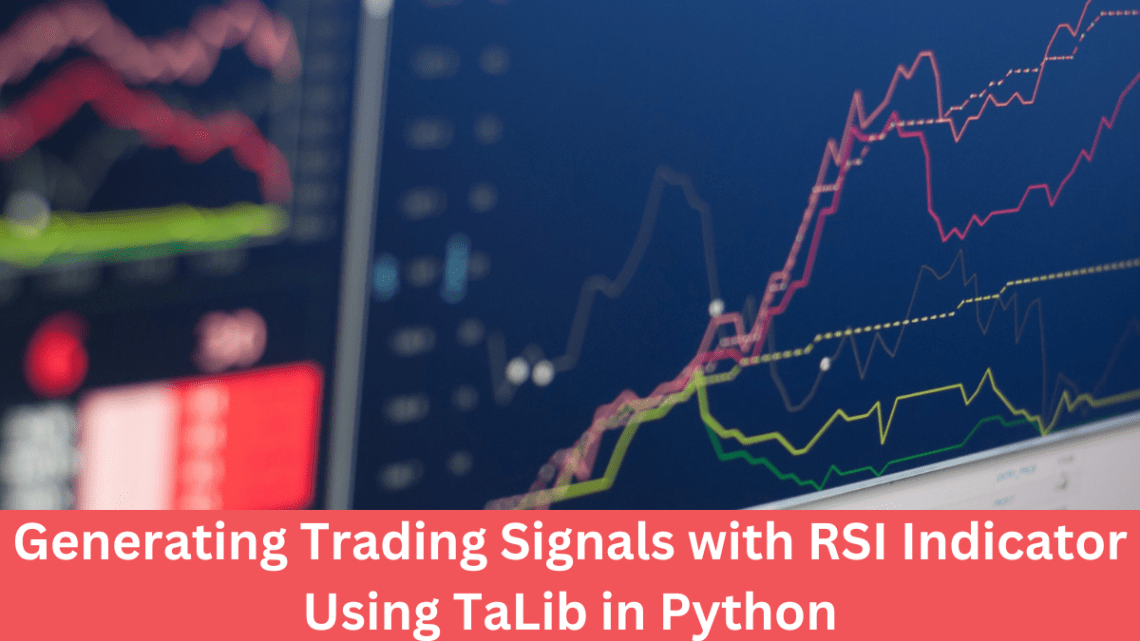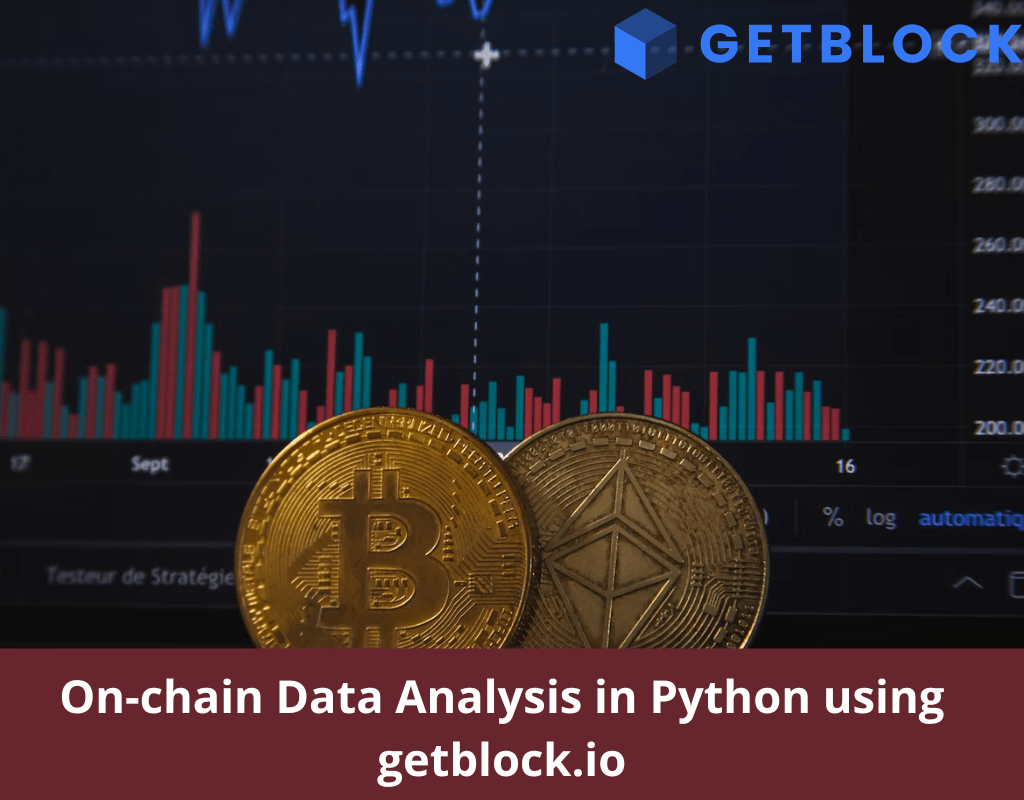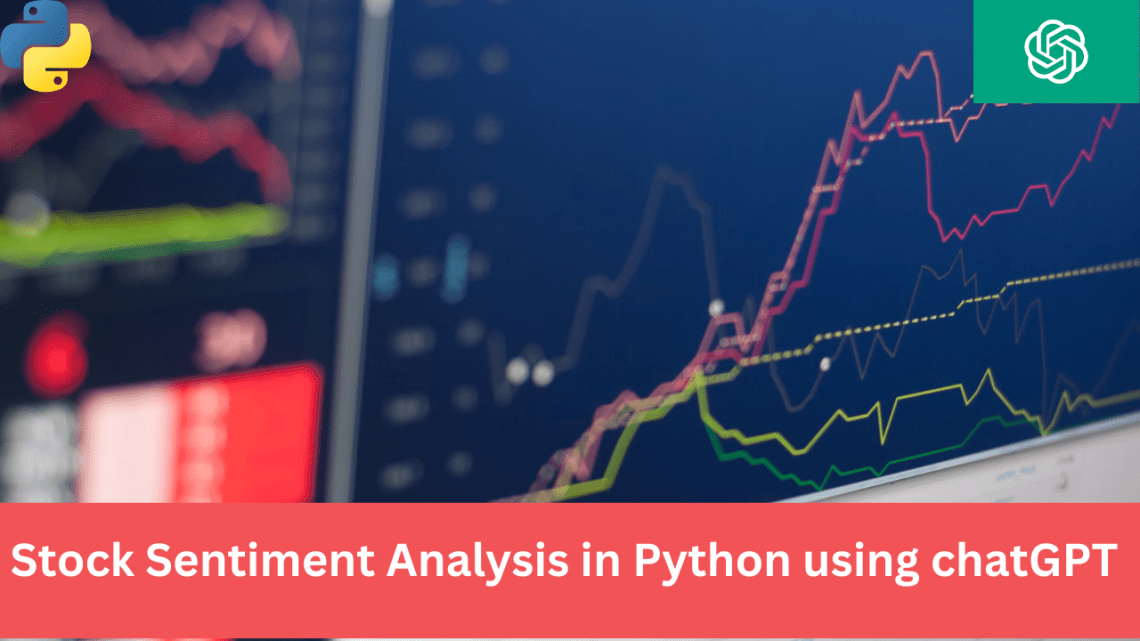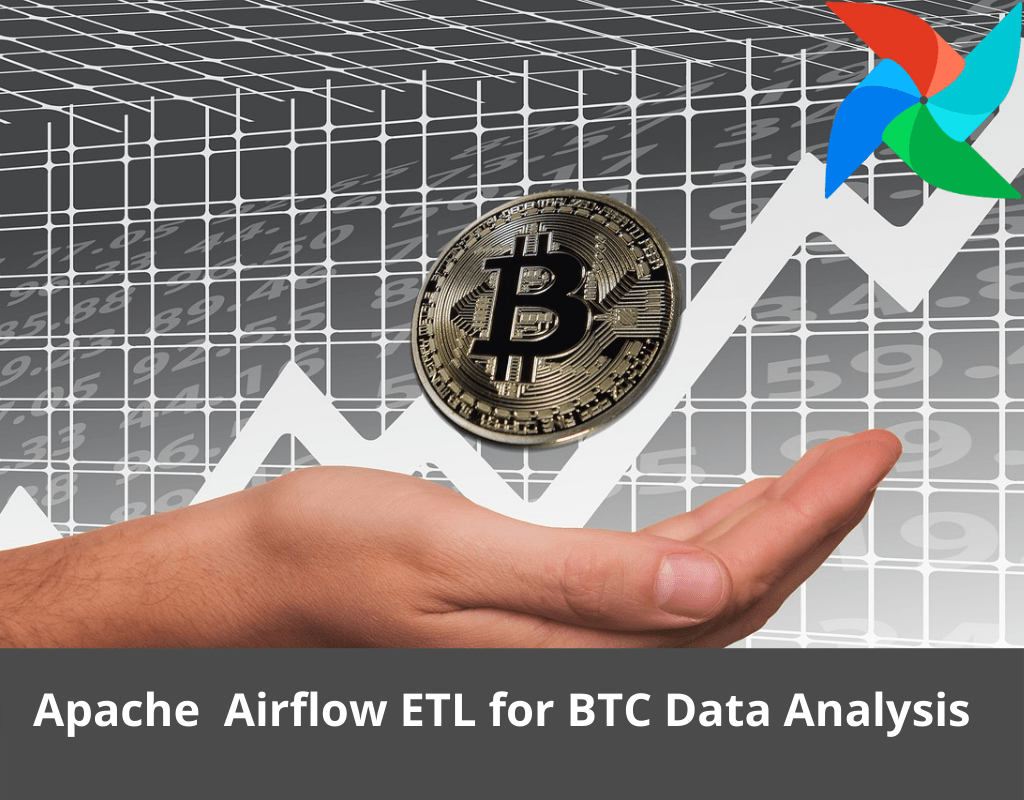This post is part of the T4p Series. So in this post, we are going to combine two indicators: RSI and Moving Averages to come up with a strategy. But first, let’s talk about what we mean by a “strategy.” A trading strategy is simply a set of rules that tells you when to buy and when to sell. It’s different from just using individual indicators because it combines multiple signals into a complete system. Whether you use a single indicator or a set of indicators, in the end, we are going to generate buy/sell signals or open long/short positions. When you rely on a single indicator, for instance, RSI alone,…
-
-
Getting Started with Candlesticks Patterns and Python
This post is part of the T4p Series. In the previous post, I briefly introduced candlesticks and how to detect a bearish and bullish candle in Python. In this post, we are going deeper, discussing candlestick patterns, what they are all about, and how to detect and represent them in Python Introduction As you learned in the previous post, there are mainly two types of candles: Bearish and Bullish. The size of the wick and the body determines what kind of bearish and bullish candle it is. Candlestick patterns visually help traders learn about the price movement to interpret the market sentiments. History Candlestick patterns were developed centuries ago by Japanese…
-
Automate Your Finance Blog with WordPress and Google Bard in Python
Introduction Earlier I gave you an overview of how you can you GPT APIs to build a stock sentiment analysis system. In this post, I am going to introduce you to Google Bard, Google’s answer to OpenAI’s chatGPT. Bard has been around for a few months but they recently offered APIs to access their LLM. Initially, they introduced PaLM APIs but very recently they have offered Gemini Pro and Gemini Pro Vision APIs which means that like GPT4 Vision, you can now use Bard APIs to process images. We are not going to discuss image processing capabilities at the moment. I am going to offer a use case where I…
-
Using the RSI Indicator to Generate Trading Signals in Python with TaLib
This post is the part of trading series. In the past, I gave you a brief intro to Ta-Lib and how it can be used in technical analysis, in this post, I am going to discuss how you can RSI indicator to generate buy or sell signals in Python by using the TA-Lib library. Before I write code about the implementation, let’s discuss a bit about signal generation and RSI. What Are Signals In the world of trading, signals are cues or indicators that are derived from various kinds of analyses and guide investors on when to buy, sell, or hold shares. They help traders to make informed decisions based…
-
Getting started with On-chain Data Analysis in Python using getblock.io
On-chain data analysis involves studying the information recorded on a blockchain to gain insights into transaction patterns, market trends, and network behavior. By examining the data stored on the blockchain, analysts can uncover valuable information about user behavior, market sentiment, and the overall health of a blockchain network. In this post, I am going to discuss some basics about on-chain data analysis for blockchain and then will be discussing how we can leverage the getblock.io platform to perform on-chain analysis of transactions using Python language. What is On-chain Data Analysis? On-chain data analysis refers to the process of studying the information recorded on a blockchain. It involves analyzing transaction details,…
-
Create Stock Sentiment Analysis in Python using chatGPT
ChatGPT is a large language model developed by OpenAI that has gained immense popularity for its ability to generate human-like text responses to prompts. With its advanced natural language processing capabilities, ChatGPT has become a powerful tool for a variety of applications, including sentiment analysis. By analyzing text data and identifying the underlying sentiment, ChatGPT can provide valuable insights into customer feedback, social media sentiment, and other aspects of public opinion. In this blog post, I’ll explore how ChatGPT can be used for sentiment analysis without using any library or code to write the main logic. Let’s proceed! If you are in a hurry or not interested in technical details…
-
Getting started with CCXT Crypto Exchange Library and Python
I already used CCXT Library in my Airflow-related post here. In this post, I am specifically going to discuss the library and how you can use it to pull different kinds of data from exchanges or trading automation. The demo can be seen here. What is CCXT CryptoCurrency eXchange Trading Library aka CCXT is a JavaScript / Python / PHP library for cryptocurrency trading and e-commerce with support for many bitcoin/ether/altcoin exchange markets and merchant APIs. It connects with more than 100 exchanges. One of the best features of this library is that it is exchange agonistic, that is, whether you use Binance or FTX, the signature of routines are…
-
Using Apache Airflow ETL to fetch and analyze BTC data
This post is part of the Data Engineering and ETL Series. I am taking a short break from Blockchain-related posts. In the past, I have covered Apache Airflow posts here. In this post, I am discussing how to use the CCXT library to grab BTC/USD data from exchanges and create an ETL for data analysis and visualization. I am using the dockerized version of Airflow. It is easy to set up and use proper different images to run different components instead of a one-machine setup. The docker-compose.yml file is available here but I have made a few changes to install custom libraries. Therefore, it is advised you use the file I have…
-
How to create a custom token on Stellar network in Python
A few months back I made a post about Stellar that how you can use it in your Python applications. In this post, I am going to discuss that how you can create your own custom token, a.k.a, a coin programmatically in Python. Before I get into the code, I’d like to discuss what are tokens and their background, how they are different from Alt-coins and some Stellar network concepts. This post is lengthy so read it when you have ample time to read. What are Tokens? The term token is not new and many of us would have experienced the application of it one way or other. Tokens are…







